PPF vs VPF vs ELLS Mutual Funds: Options that give you returns and tax benefits in your retirement planning
If you are planning for long-term investment and preparing your retirement fund, there are many good options for investment such as Public Provident Fund (PPF), Voluntary Provident Fund (VPF), and Equity Linked Saving Scheme (ELSS). These options not only give you returns but also provide tax benefits.
)
PPF vs VPF vs ELLS Mutual Funds: In the initial years of employment, people do not take retirement planning that seriously. They think that they will start it after some years into their job. But it is easy to understand that the earlier you start investing, the more money you accumulate by the time of retirement. There are many investment options which can give you good returns and provide tax benefits also. Investing in Voluntary Provident Fund (VPF), Equity Linked Saving Scheme (ELSS) or Public Provident Fund (PPF) can give you returns as well as provide tax benefits. In this write-up, we will give you detailed information about these 3 schemes.
Voluntary Provident Fund (VPF)
Only 12 per cent of basic salary can be contributed to EPF. But, there is no limit for investing in VPF (Voluntary Provident Fund).
Meaning, if the employee increases his contribution to the provident fund by keeping his in-hand salary low, the option is called VPF.
As in EPF, one gets 8.1 per cent interest in VPF too. The VPF scheme is an extension of EPF.
Only employed people can opt for it. One can invest 100 per cent of their basic salary and DA (Dearness allowance) for VPF.
What to do for VPF?
You will have to contact the HR or the finance team of your company.
You have to request them to increase contribution to VPF from your salary.
Once processed, VPF will be linked to your EPF account.
You don't need a separate VPF account. VPF contribution can be revised every year.
However, the employer is not obliged to invest in VPF. The employee can only increase their contribution.
Know these things about VPF
If you change jobs, you can easily transfer this account.
Loan is also available on VPF. Loan can also be taken for children's education, home loan and, children's marriage.
For partial withdrawal of amount from the VPF account, it is necessary for the account holder to work for 5 years.
If it is less than 5 years, tax is deducted.
The entire amount of VPF can be withdrawn only on retirement.
VPF gets the benefit of tax deduction under Section 80C of the Income Tax Act.
The money received on investment, interest and maturity (EEE) is completely tax free. This scheme is very good for retirement planning.
ELSS- Equity Linked Savings Scheme
As many as 42 mutual fund companies run tax saving schemes in India.
Every company has some kind of ELSS scheme to help investors save income tax.
An ELSS mutual fund can be purchased online or from an agent.
To save income tax, one-time investment limit is minimum Rs 5,000 and if you want to invest every month, you can start investing minimum Rs 500 per month.
Under ELSS investment, maximum tax exemption available is Rs 1.5 lakh.
However, there is no limit on maximum investment in ELSS.
No interest, you get market linked returns
There is a lock-in in the scheme for 3 years. Later, the investor can withdraw money if they want.
If desired, it can be completely withdrawn after 3 years.
There is also an option for partial withdrawal.
You can leave the remaining money in the scheme as long as you want.
The special thing about ELSS is that instead of interest on investment, you get market-linked returns.
In the last 10 years, ELSS mutual fund category has given returns of about 8.5 per cent.
Public Provident Fund (PPF)
This scheme can be opened anywhere in a bank or post office.
Transfer can also be made to any bank or post office.
Only Rs 500 is enough to open it.
It is necessary to deposit Rs 500 at one time every year.
A maximum of Rs 1.5 lakh can be deposited in the account every year.
This scheme is for 15 years, due to which money cannot be withdrawn in between.
But, after 15 years, it can be extended for 5-5 years.
Loan and partial withdrawal exemption is available
PPF cannot be closed before 15 years, but after 3 years, a loan can be taken against this account.
If anyone wants, they can withdraw money from this account from the 7th year.
Interest rates are reviewed every quarter.
Interest rates may increase or decrease.
At present, 7.1 per cent interest is being given.
The benefit of tax exemption up to Rs 1.5 lakh under 80C of the Income Tax Act under this scheme.
Where should one invest?
Where should one invest?
There is facility of getting tax exemption on investment in all three options.
But, still all three are schemes with different benefits.
If you are employed then it would be right to invest in VPF.
Because from here you will get more interest than PPF and ELSS.
At the same time, if you can take some risk, then ELSS is a better option.
At the same time, if you want to stay away from market risk then it would be right to invest in PPF.
(Disclaimer: Investments are subject to market risks. Do your own research or consult your advisor before investing.)
Get Latest Business News, Stock Market Updates and Videos; Check your tax outgo through Income Tax Calculator and save money through our Personal Finance coverage. Check Business Breaking News Live on Zee Business Twitter and Facebook. Subscribe on YouTube.
RECOMMENDED STORIES
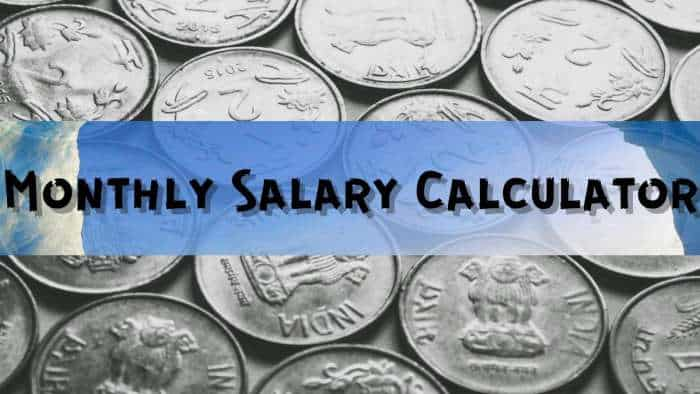
Monthly Pay Calculations: Is your basic salary Rs 24,900, Rs 51,500, Rs 70,000, or Rs 1,01,400? Know what can be your total salary?
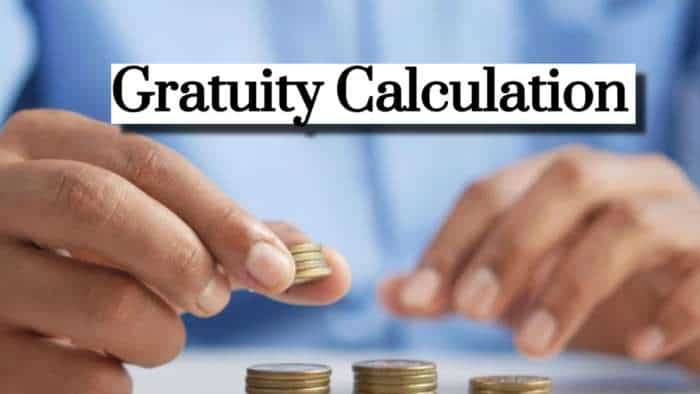
Gratuity Calculation: What will be your gratuity on Rs 45,000 last-drawn basic salary for 6 years & 9 months of service?

Rs 1,500 Monthly SIP for 20 Years vs Rs 15,000 Monthly SIP for 5 Years: Know which one can give you higher returns in long term

Income Tax Calculations: What will be your tax liability if your salary is Rs 8.25 lakh, Rs 14.50 lakh, Rs 20.75 lakh, or Rs 26.10 lakh? See calculations

8th Pay Commission Pension Calculations: Can basic pension be more than Rs 2.75 lakh in new Pay Commission? See how it may be possible
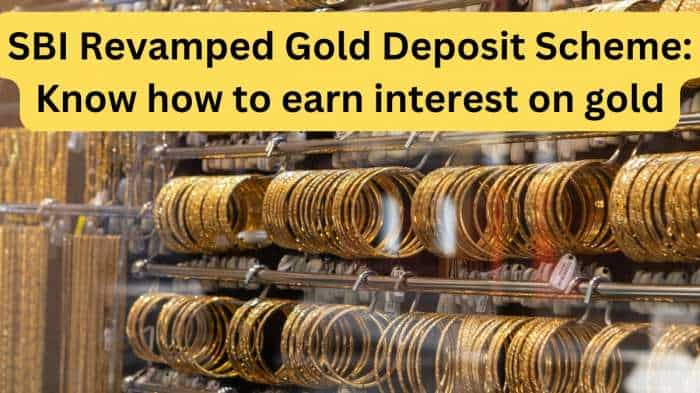
SBI Revamped Gold Deposit Scheme: Do you keep your gold in bank locker? You can also earn interest on it through this SBI scheme
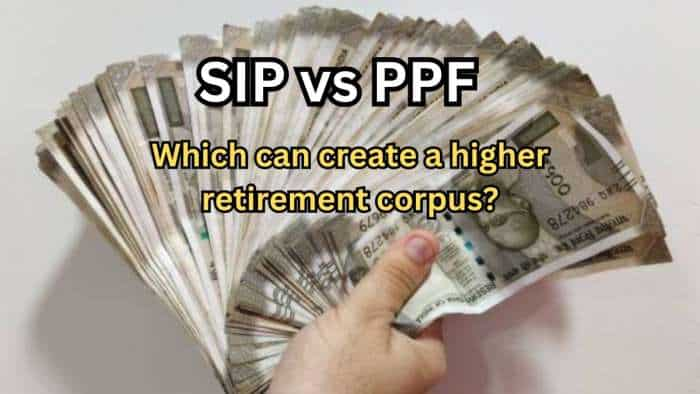
SIP vs PPF: Rs 1,00,000/year investment for 35 years; which scheme can generate a higher retirement corpus
03:15 PM IST









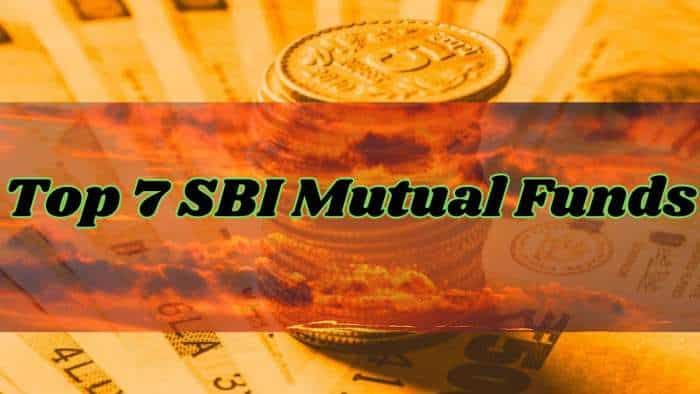
 EPF vs PPF: Which option will give you higher return on Rs 10,000 monthly investment for 15 years? Know here
EPF vs PPF: Which option will give you higher return on Rs 10,000 monthly investment for 15 years? Know here